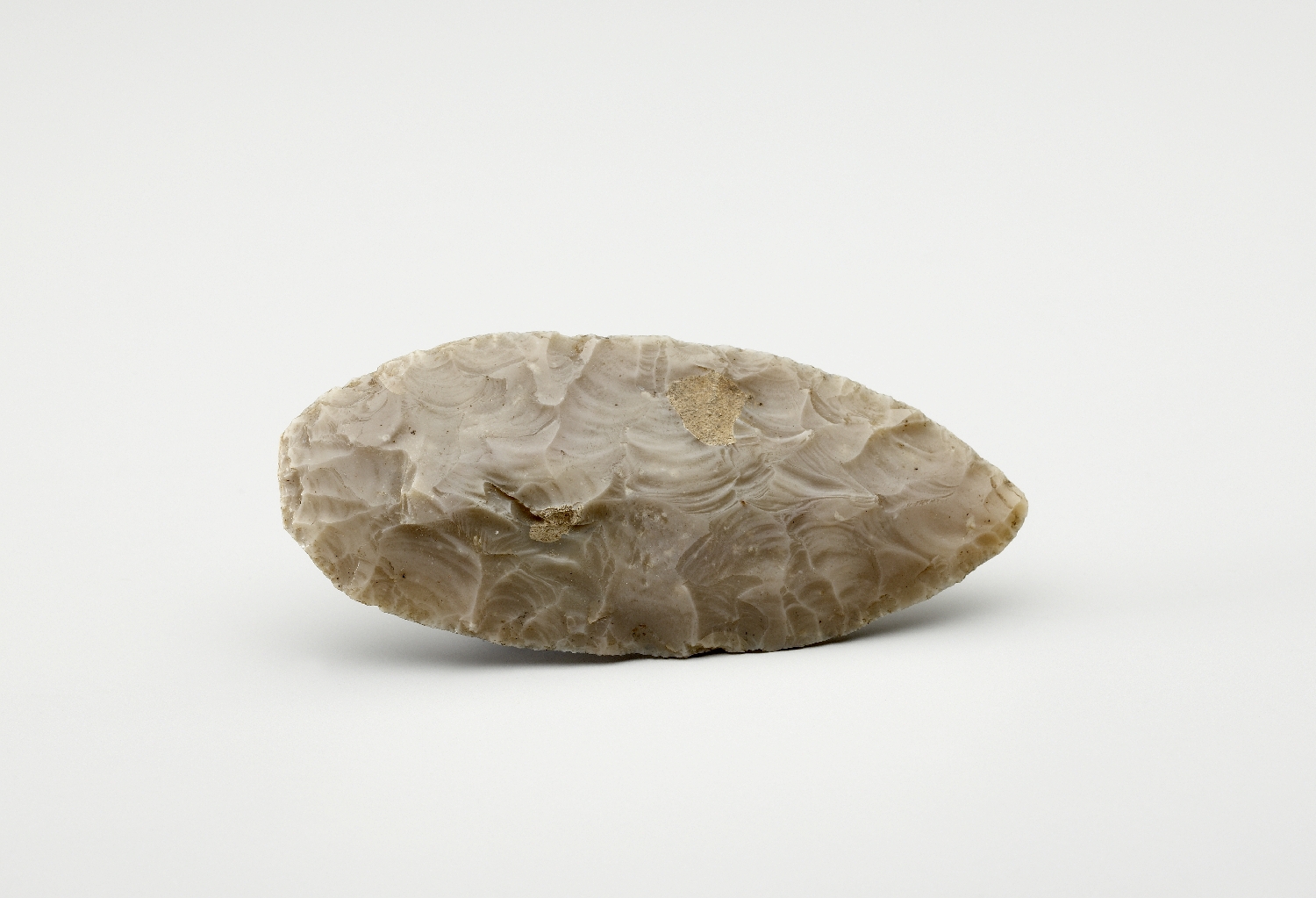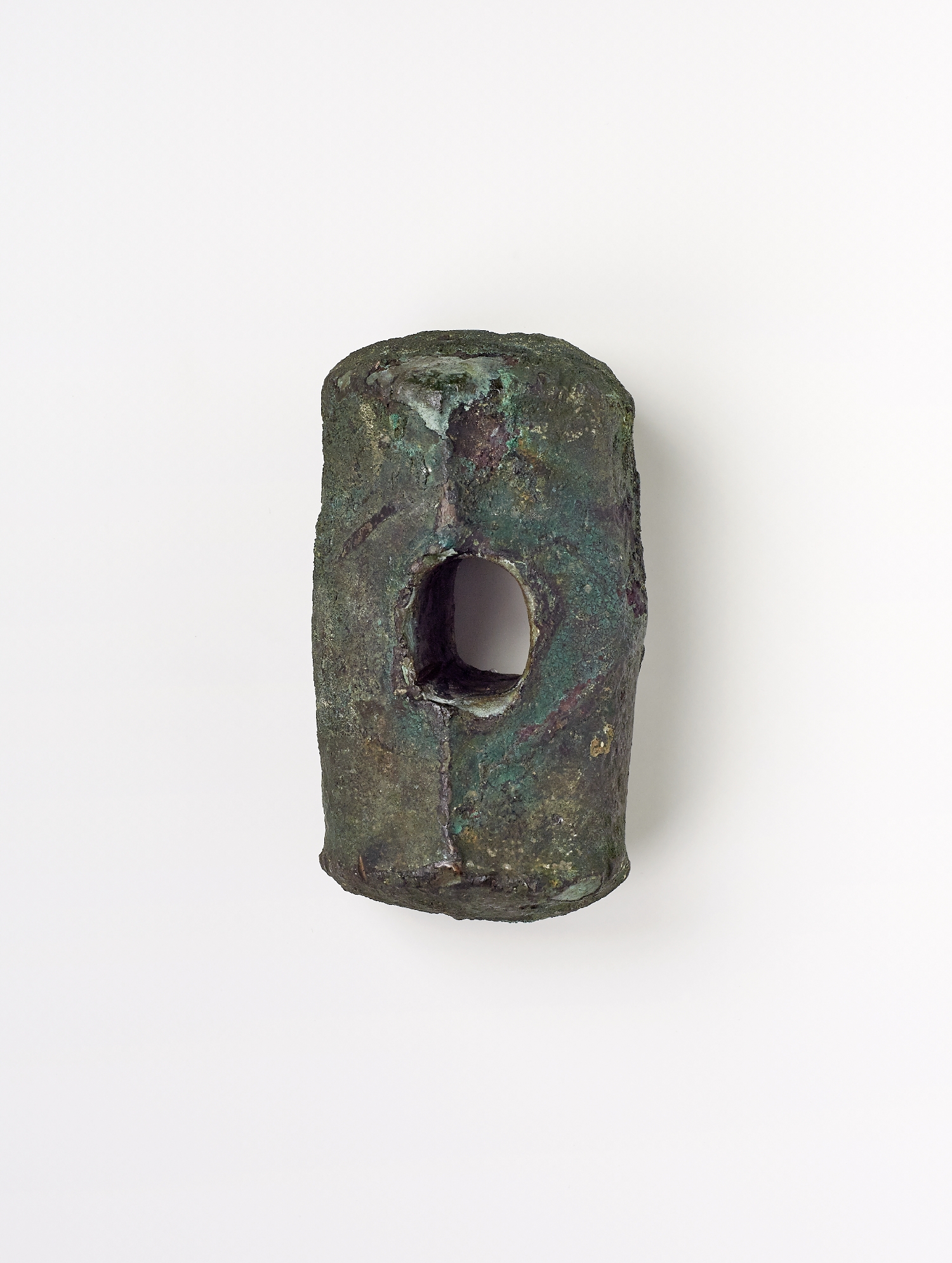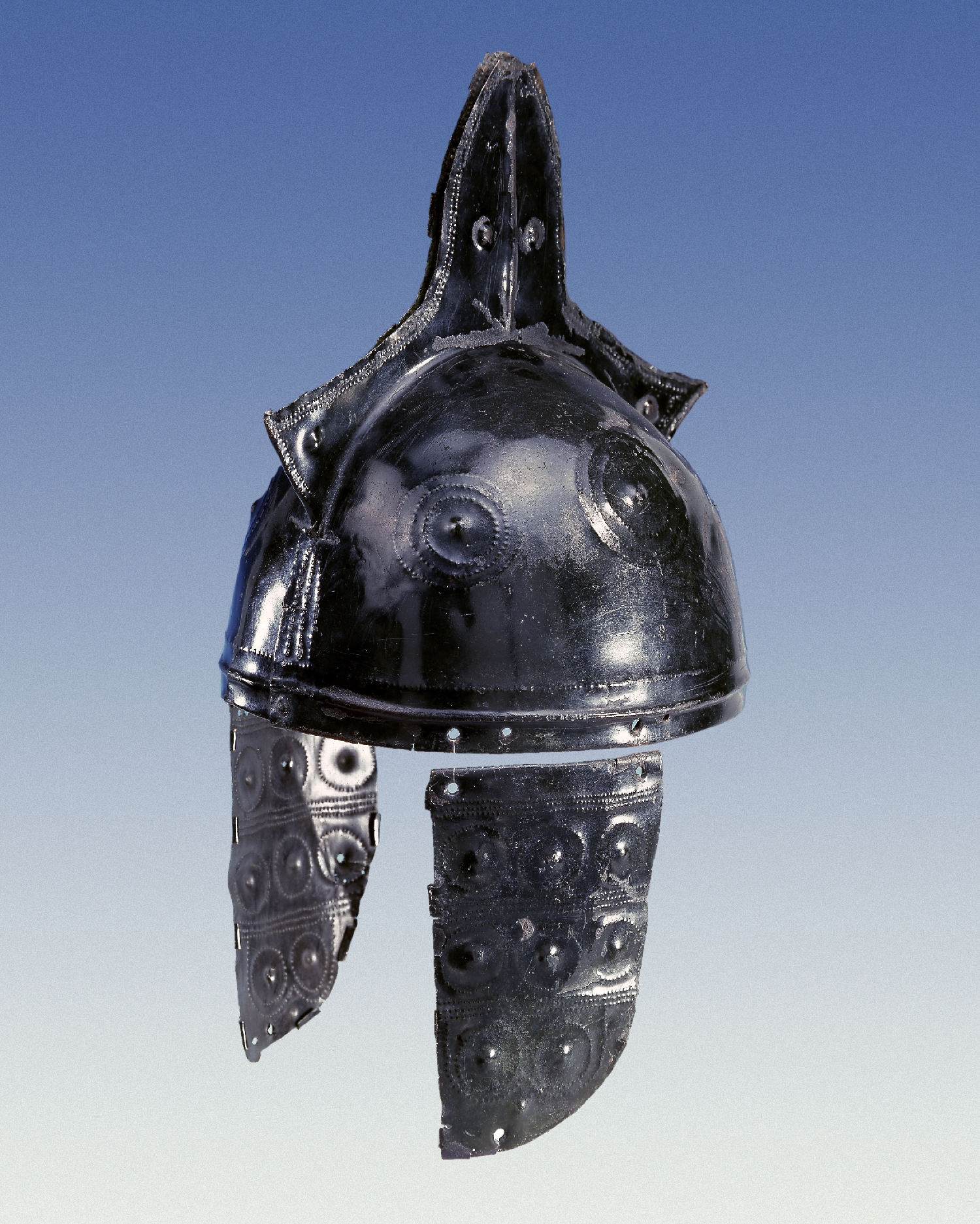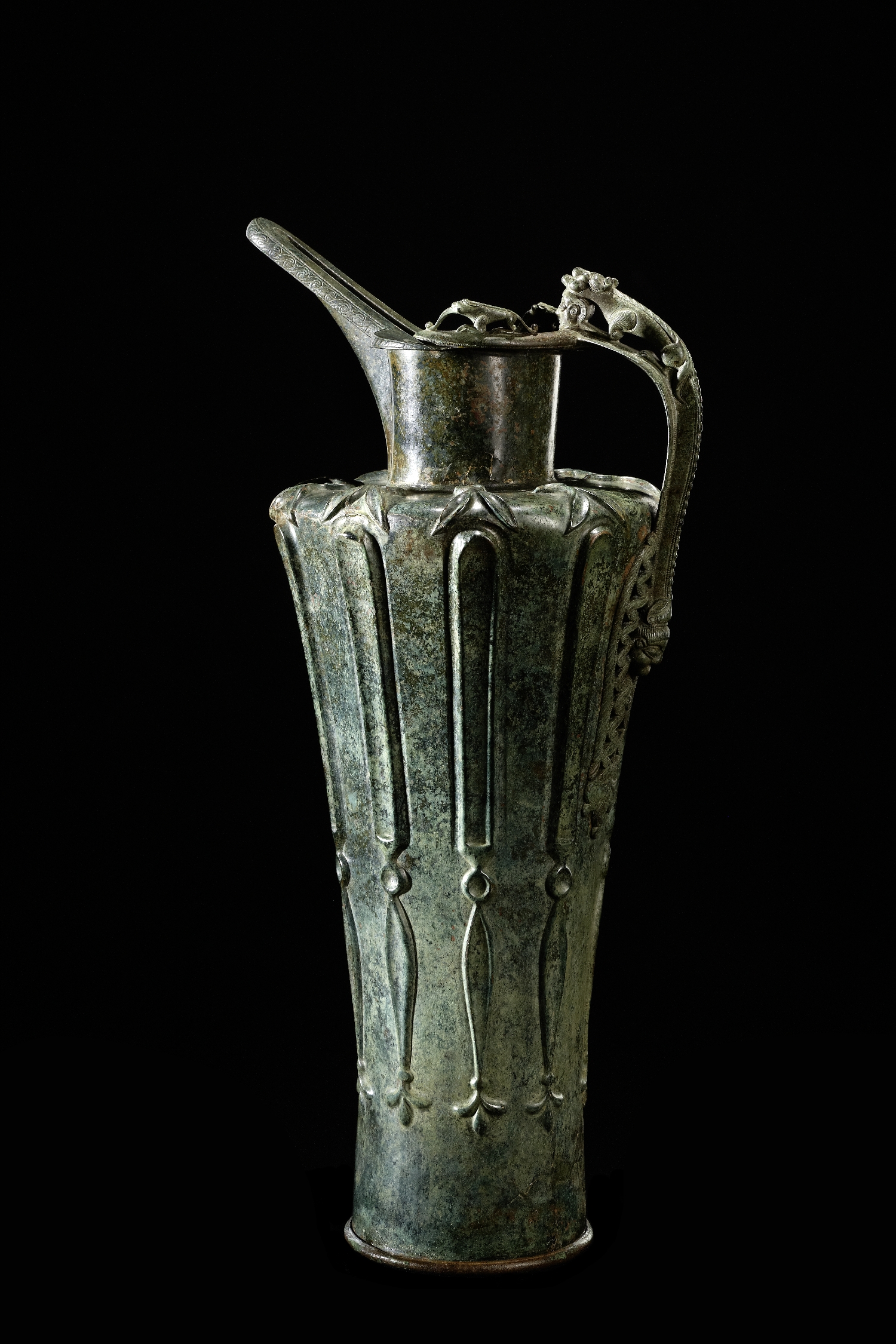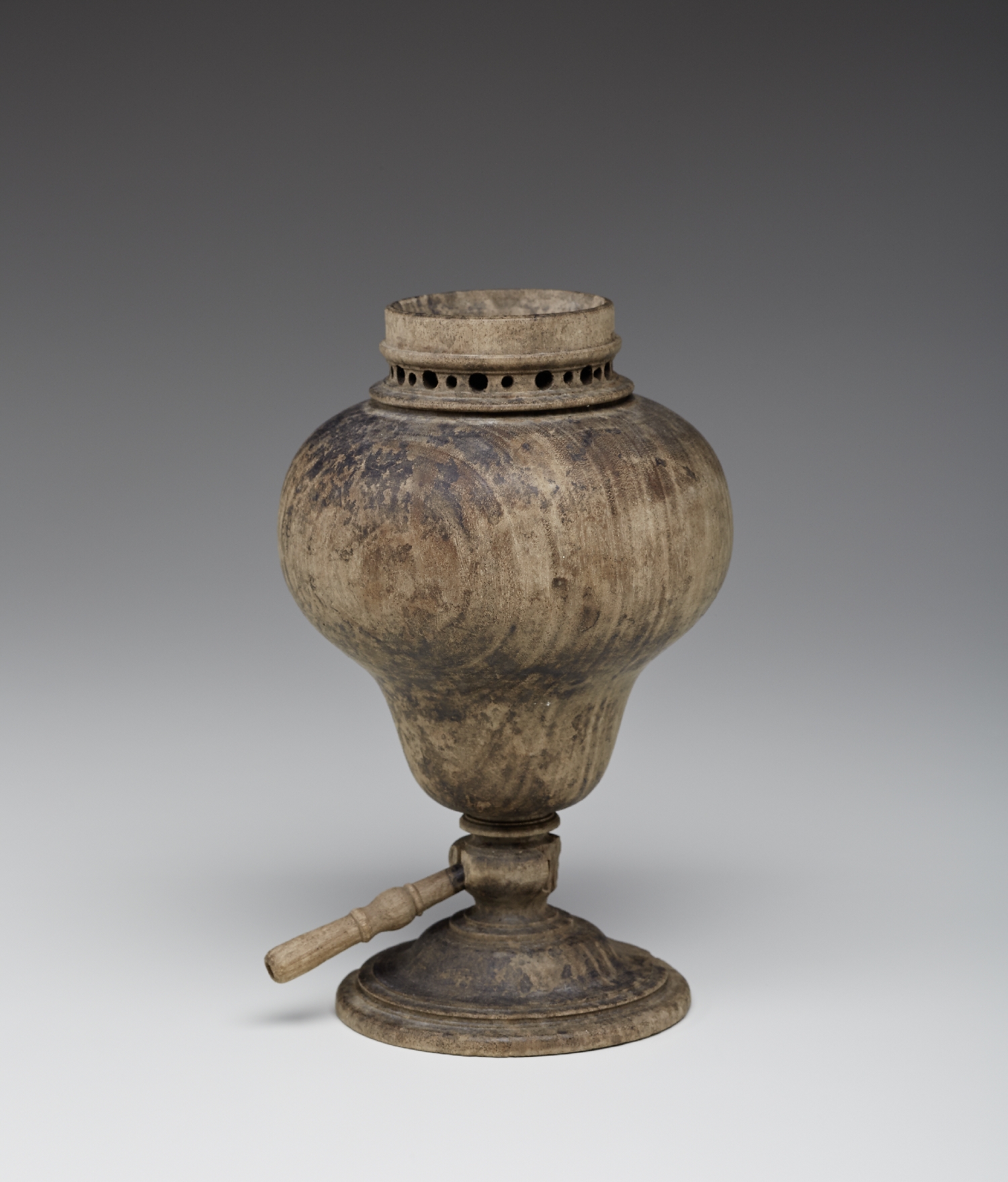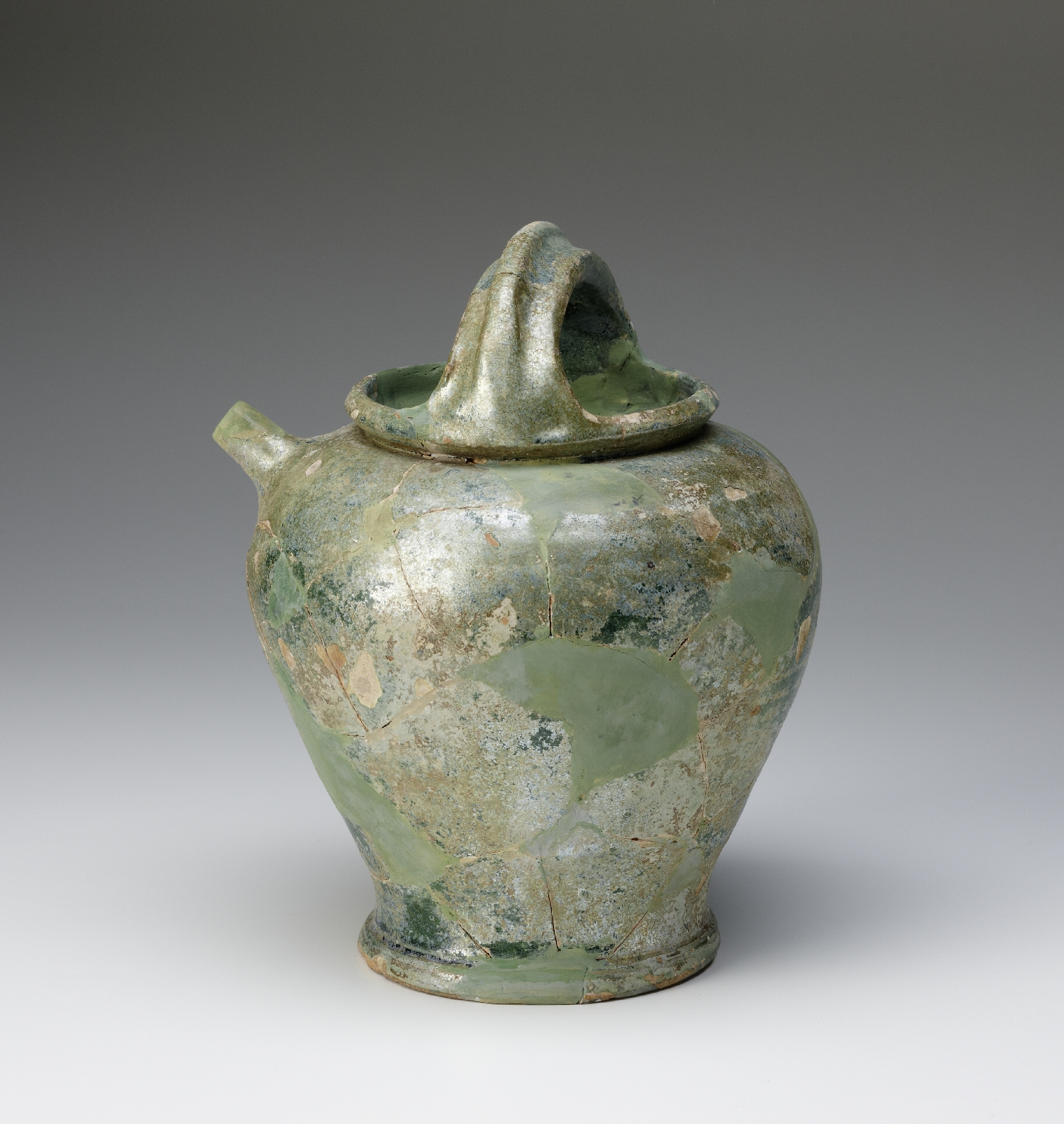STUDIENGEBÄUDE ALPENSTRASSE
Alpenstraße 75
5020 Salzburg
E Mag. Ulrike Hampel
T +43-662-62 08 08-131
F +43-662-62 08 08-720
ARCHAEOLOGY
History
Archaeology is one of the oldest collecting fields of the Salzburg Museum. A first small antiquarian collection was set up only two years after the founding of the museum in 1834. The basic stock consisted of bequests from private ownership, but also parts of an older collection with Roman stone monuments, which was already set up in 1803 under Archduke Ferdinand, Elector of Salzburg, in the courtyard of the Salzburg University Studies Building. In the second half of the nineteenth century, the collection was divided up into two sections, into a Hall of Antiquities and a Cabinet of Antiquities, which besides Roman finds also contained prehistoric finds including from the salt mines on Dürrnberg. In 1923, the separation into depots of the exhibition collection and the study collection was introduced; in 1967, the collection was enlarged with a separate prehistoric section. 2010 marked the last restructuring as yet of the collection. Today the collection bears the name Specialist Department of Archaeology.
Range and significance of the collection
The Specialist Department of Archaeology collects excavated archaeological finds from the City and Land of Salzburg and operates a central archive with archaeological sources on the history of Salzburg. The timeline of the discoveries ranges from the earliest prehistory of mankind to the present day. The collection’s significance and the quality of individual objects resonate far beyond the confines of the Salzburg region. Thus, the Salzburg Museum owns one of the largest and highest-quality collections of Roman mosaics in Austria. In addition, the collection has transregional and indeed global significance because of unique discoveries from prehistoric mining, unique artefacts like the Late Bronze Age helmet of Pass Lueg, the Celtic beak-spouted jug of Dürrnberg and the dial of a Roman, formerly water-powered astronomical clock.
Inventory overview
The collection houses excavated finds of all kinds. Besides individual finds, and those from graves and settlements most notably from prehistoric times and epochs of ancient history, it contains examples of the archaeology of the Middle Ages and Early Modern Times, mining archaeology, city core research as well as castle and church archaeology. Besides purely archaeological finds the collection also contains anthropological and archaeozoological material. The rich holdings of excavation documents moreover ensure the maintenance of the museum’s own comprehensive documentation archive including photos, plans and drawings.
New acquisitions
The Specialist Department of Archaeology still carries out frequent excavations today and incorporates the finds into its collections. In addition, it takes over finds from excavations performed by the Salzburg Landesarchäologie and, if possible, all those from investigations performed by excavation firms. In this way, a great number of new and valuable finds are added to the collection.
Transparency and function
The specialist department not only fulfils the function of a collection; as a research and studies facility, it is also a location for science and dialogue with the public sphere. It organises numerous exhibitions – the prehistoric collection has been known since November 2014 as “Time Leaps – The Origins: the experience of a time trip into the prehistoric history of Salzburg” in the Celtic Museum. The partnership with other museums, with universities and other research facilities also means that museum work, research and the educational agenda are very closely linked.





